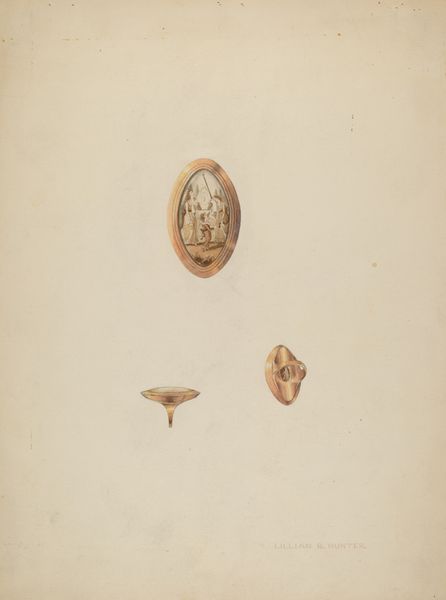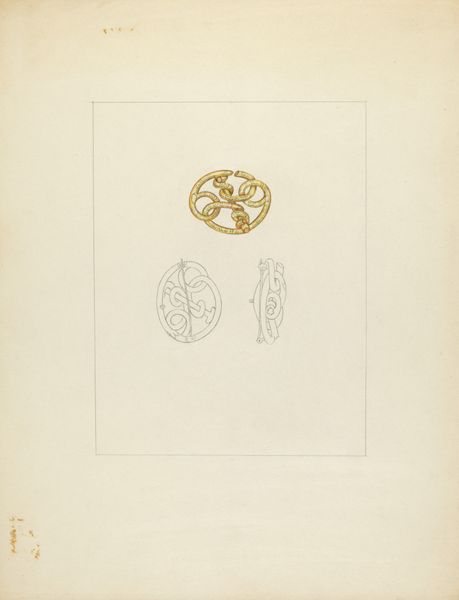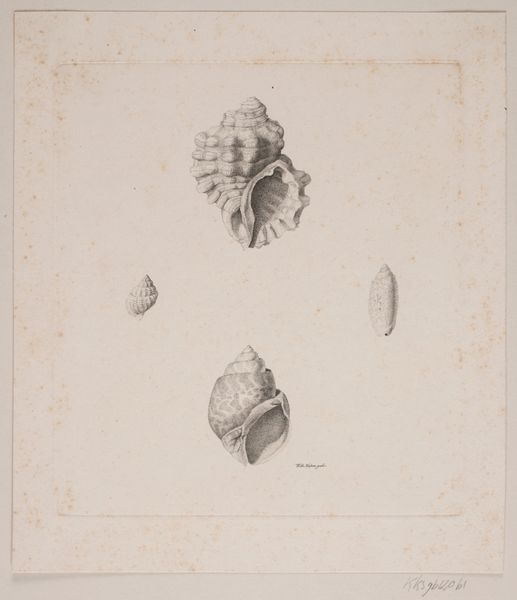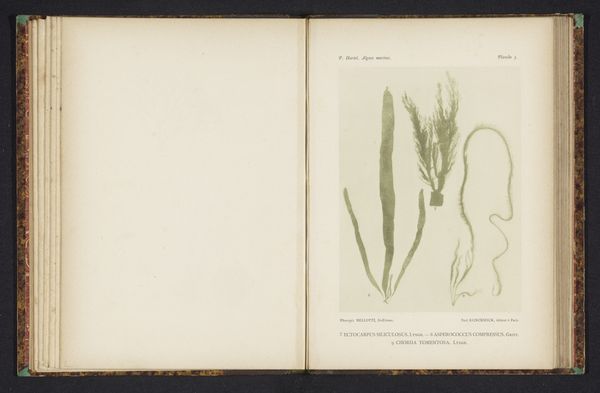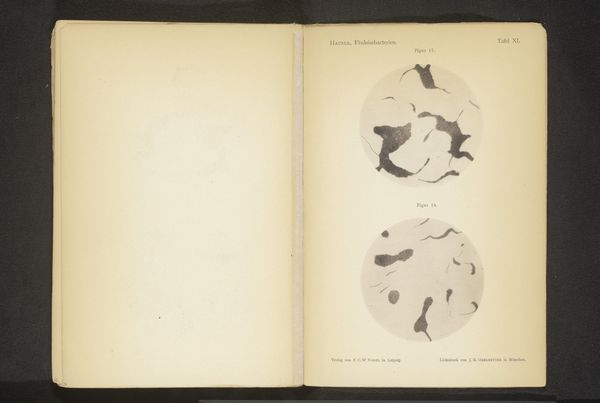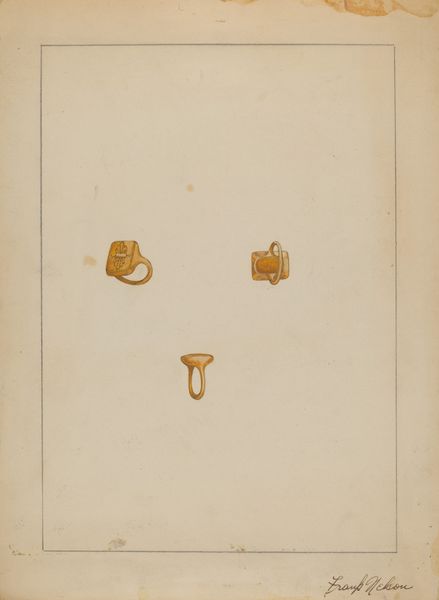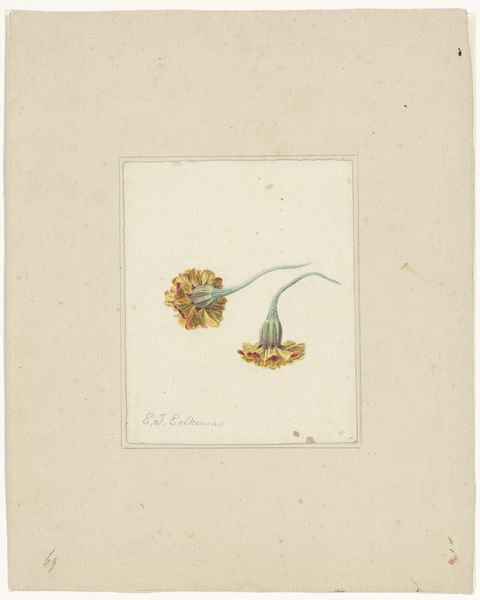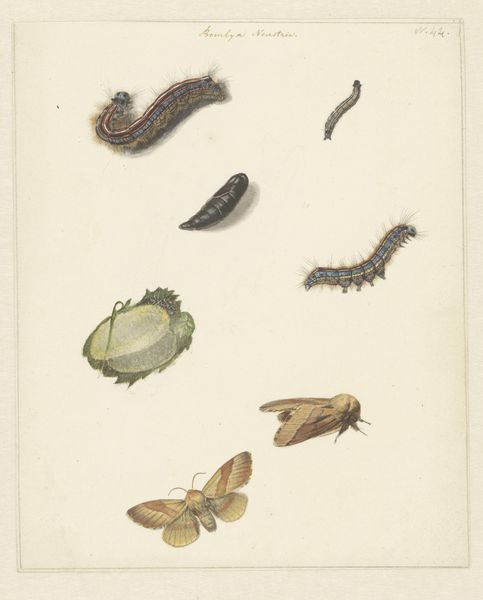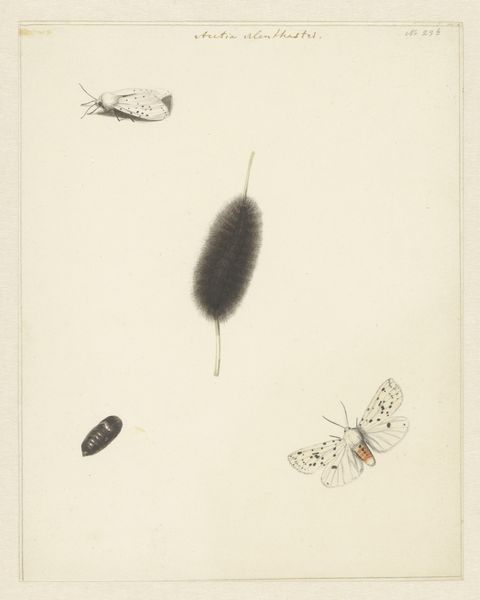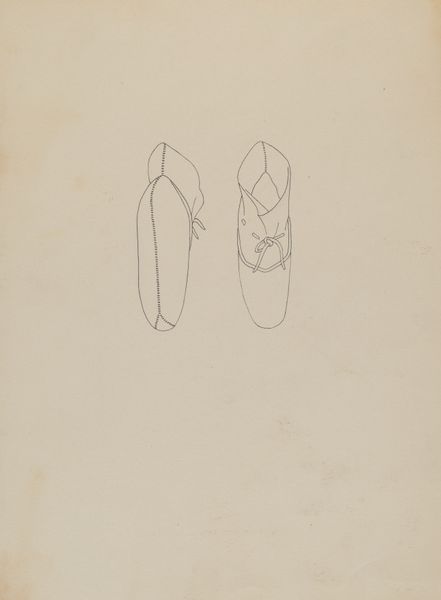
Rups, ei, cocon en vlinder van Lasiocampus Neustria 1826 - 1880
0:00
0:00
drawing, watercolor
#
drawing
#
watercolor
#
watercolour illustration
#
realism
Dimensions: height 314 mm, width 192 mm
Copyright: Rijks Museum: Open Domain
Samuel Constant Snellen van Vollenhoven made this drawing of the Rups, ei, cocon en vlinder van Lasiocampus Neustria, or larva, egg, cocoon, and butterfly of Lasiocampus Neustria. The art of illustration was greatly advanced in the 18th and 19th centuries by the rise of scientific societies, museums, and universities. Knowledge needed to be visually recorded and disseminated. The Dutch Republic in this period was at the heart of European colonialism, and its scientists produced numerous studies of the natural world in the country and in its colonies. The study of insects, or entomology, had a long and distinguished history in the Netherlands. What does it mean to picture nature in this way? Does the drawing promote human knowledge or mastery of the natural world? To learn more, consider visiting a library specializing in the history of science. The meaning of this beautiful drawing is contingent on social and institutional contexts.
Comments
No comments
Be the first to comment and join the conversation on the ultimate creative platform.
